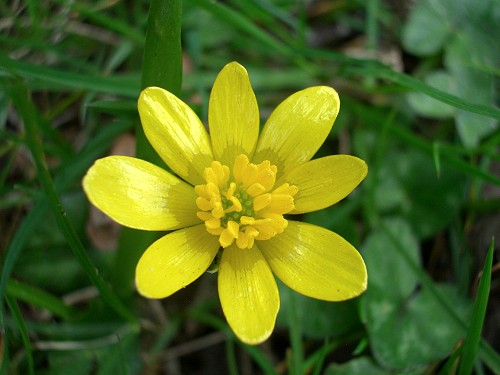She was a modest female writer in the 1800’s, and oddly enough she never considered herself an author. This is a typical attitude of a woman in this time period, writing for pleasure, not with the intent of being published in a male-dominated society. Her poem, Thoughts on my Sick-bed can be easily summarized. The seasons are changing, the flowers are blooming, old friends are stopping by, but Dorothy is suck in bed, sick and unable to enjoy the first signs of spring. To dig deeper into the poem, one can notice frustration, followed by hope. This poem was written in the Spring of 1832, and Wordsworth at the time was in her early 60’s and would pass about 20 years later. At the time of this poem she was ill, hence the title “Thoughts on my sick-bed” Looking into Wordsworth’s life it is noted that she was sick with a debilitating illness. What is interesting about the title of the poem is the word “sick-bed.” This word implies that she was sick as fore mentioned, but it also implies that she has another bed. The she is not her deathbed, she is withering but she will over come. Her “sick-bed” is only a place to spend time when she is ill. In this poem she makes a reference to the celandine, a resilient flower…

She writes, “I welcome the earliest Celandine/ Glittering on the mossy ground” (ln. 11-12). This is a very particular flower, and given her location, was commonly thought of as a garden weed. As shown above the leaves are yellow but they turn white with age. Wordsworth is welcoming this flower, she is glad to see its return. I think she also respects this flower, and perhaps sees it as a representation of herself. The flower is a resilient, persistent weed that will wither with age. Wordsworth has the same mentality that nothing will defeat her, she will preserver, and succumb to only age.

4 comments:
It was so refreshing reading your blog and seeing the picture of the flower - the Celandine . I have never heard of that flower before so seeing the picture has really brought such life to your blog and as you describe the flower I tend to look at the picture for confirmation. It was perfect. The things in nature that we take for granted are a blessing to Dorothy Wordsworth. You did such a great job of comparing the flower to Dorothy's life at that time. Once again, great blog.
Lindsay,
I like the picture you chose to illustrate this post--it adds a lot to make your site visually appealing. It also is meaningful to illustrate that particular flower, and to show what Dorothy Wordsworth had in mind. Good focus in this post on one particular poem, and I like the way you quote and analyze specific passages.
I enjoyed this poem alot. I liked how you mentioned her background of not really thinking she would make it as an author, because her writing was good. I liked your emphasis on the flower that she is happy to see bloom, and could be a comparison to herself. I never really thought about what you said about it being another bed she has.
I truly enjoyed reading your blog! Seeing the way you took a line, broke it down, and explained it so deeply was great. I see the way you took sick-bed and carefully pondered on its meaning. Same with the Celandine. It makes me stop and wonder, are we really analyzing the poems the way the author intended. Were they really meaning all of the subliminal things that we think of or are we thinking too hard about the poems?
Post a Comment